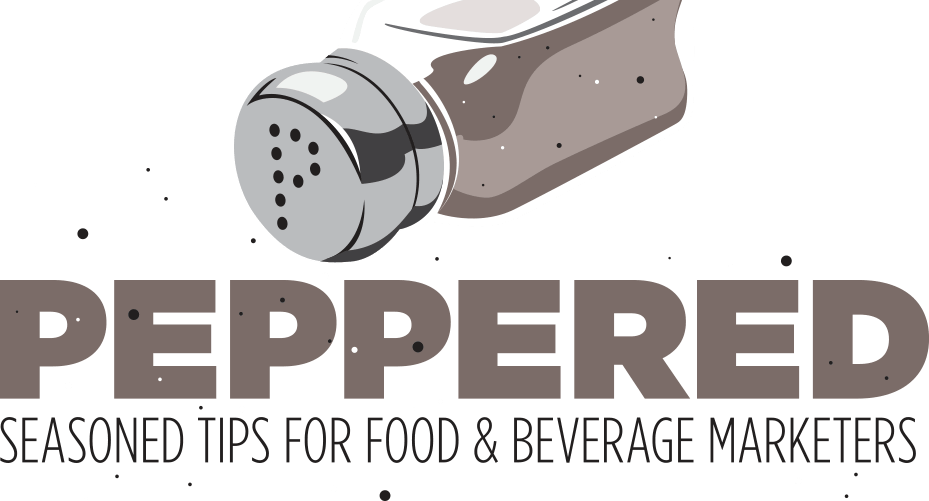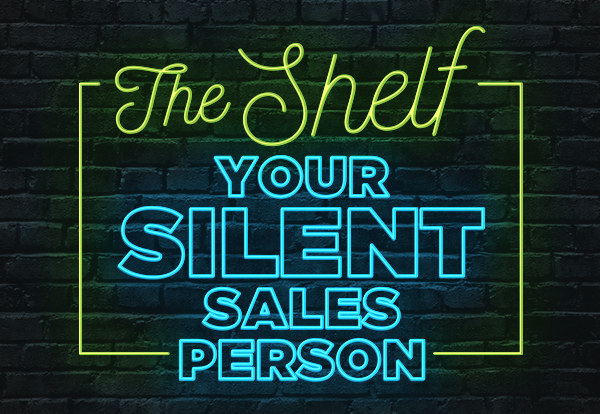You walk into the grocery store to buy eggs. You leave with chips, gum, a new flavor of seltzer, and a $7 chocolate bar you didn’t know you needed. Sound familiar?
That’s impulse buying in action, and it happens every single day. In today’s fast-paced world of ever-changing trends, food products have only seconds to catch a shopper’s attention. That’s where shelf appeal becomes your silent salesperson. Let’s break down how to stop consumers in their tracks and turn browsers into buyers.
Why Shelf Appeal Matters
We’ve all made unplanned purchases. More often than not, it’s not because we needed something; it’s because something spoke to us on the shelf.
Shelf appeal is the combination of visuals, positioning, and emotional triggers that make a shopper pick up a product on a whim. And when done right, it doesn’t just drive one sale, it builds brand memory and future loyalty.
The Core Ingredients of Shelf Appeal
- Attraction: Does it grab attention quickly? Using bright, bold colors or clear window cutouts showcasing the product
- Clear Messaging: Can the shopper instantly understand what the product is and why they want it? You might stumble across something that says, “Limited Edition,” which will make you more inclined to purchase. Or something that fully communicates what it is, like gluten-free pasta made from 100% brown rice
- Trust: Does it look high-quality, familiar, or reliable? Products that scream trust can range from “Family owned” to “Award winning”; either of these suddenly feels reliable
When these three work together, your product doesn’t just sit on the shelf; it stands out on the shelf.
Color Psychology & First Impressions
Shoppers scan shelves quickly, often subconsciously. That’s where color plays a crucial role:
- Red and orange: Create urgency, excitement, and appetite. Perfect for snacks, new launches, or anything indulgent
- Blue: Suggests trust, calm, and health. Ideal for wellness or premium products
- Green: Signals freshness, sustainability, or natural ingredients
Use color to reflect your brand’s personality and nudge the right emotion in shoppers.
Packaging Design: What It Says Without Saying a Word
Your packaging is your first impression.
- Minimalist designs: Premium, clean, health-focused
- Bold, graphic-heavy designs: Fun, energetic, attention-grabbing
- Handwritten fonts or earthy tones: Natural, small-batch, artisan vibes
The key is to match your visual design to your product promise.
Placement: Eye-Level Is Buy-Level
It doesn’t matter how great your design is if no one sees it. Products placed at eye level are far more likely to be picked up, especially for impulse buys.
End caps, checkout areas, and cross-merchandising with complementary items (think chips near sandwiches, or bacon next to eggs) can also increase visibility.
The Psychology of the Impulse Buy
Impulse buying isn’t careless; it’s emotional. Maybe there’s a limited-time offer. Maybe it’s a bold “NEW!” label. Or maybe the packaging just felt like you.
Shoppers have a fear of missing out; they experience a moment of instant gratification when they make a purchase. When your product is positioned to satisfy that moment, the sale happens without hesitation.
Be the Product That Gets Picked
In a crowded aisle, shelf appeal is your best shot at winning attention, trust, and unplanned purchases.
Trends will continue to shift, but the fundamentals of attraction, clarity, and emotional connection remain timeless.
So the next time a shopper walks in for three things and walks out with ten, make sure one of them is yours.
And don’t forget the eggs.





